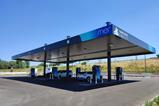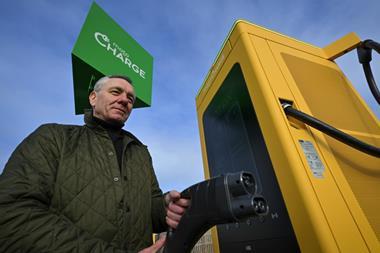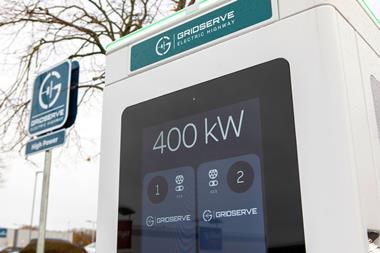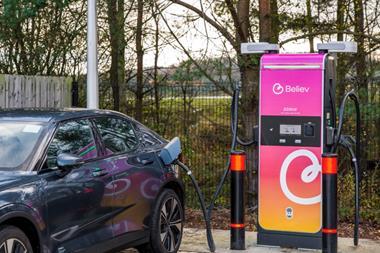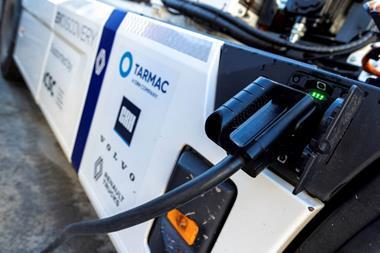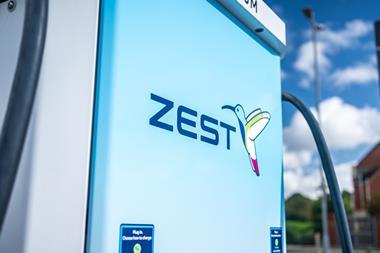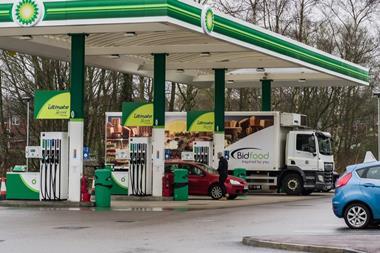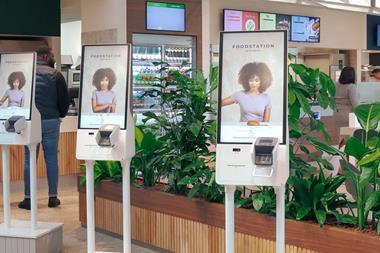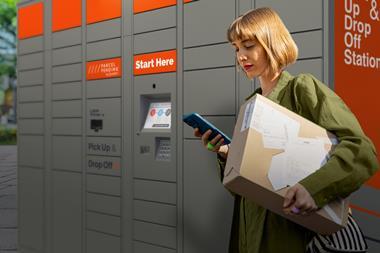Now is the time for forecourts to capitalise on the rise of electric vehicles and bring future-fit charging infrastructure to current and prospective drivers.
At the end of April 2023, there were more than 760,000 battery-electric cars registered in the UK. Back in 2016, electric vehicles (EVs) only made up 0.4 per cent of new vehicles registered in the UK, but this had grown to a staggering 16.6 per cent by 2022.
Electric mobility is becoming an increasingly popular choice for drivers in the UK, and this trend is expected to continue. The International Energy Agency (IEA) predicts global sales of electric cars will reach 14 million in 2023 and Goldman Sachs predicts that EVs will make up about half of new car sales across the world by 2035.
And key stakeholders in the automotive industry are also including electric mobility in their business strategies. Mazda is anticipating at least 25 per cent of global sales to be battery-electric vehicles in 2030, whilst Honda is aiming to launch 30 EV models globally by the same year. Meanwhile, Jaguar is hoping to go all-electric by 2025, and Nissan has a global target of 55 per cent EV sales by 2030.
Amid such rapid change in the automotive industry, the public EV charging market is also in the spotlight. In their 2023 Global EV Outlook report, the IEA states that growth in EV sales “can only be sustained if charging demand is met by accessible and affordable infrastructure”.
Home charging alone cannot support EV drivers who lack access to off-street parking and therefore cannot install a private charger. This means charging in public spaces must be convenient, reliable and inclusive to support the rapid uptake in electric mobility. And with a government target of 300,000 public charge points by 2030, it’s clear that this has a vital place in the future of UK transport.
The benefits of bringing efficient EV charging to your forecourt
So, where do forecourts fit into the emerging EV landscape? Expanding their portfolios to include both ICE refuel provision and EV charging could be the next step for UK forecourts to stay ahead of the game.
Petrol and diesel refuelling is a convenient experience, with ample opportunity to fill up at numerous locations across the country, and drivers of EVs have come to expect the same level of convenience when charging their EVs. That’s especially the case when they are on the road and in need of a swift battery top-up to help them reach their destination: on-route charging is just as important as destination charging, and forecourts provide the perfect opportunity for drivers to top up when they are out and about.
Forecourts are naturally placed at opportune locations - such as busy motorways, along main conurbations in cities, or at service stations across towns and villages - and so are ideally placed to serve EV drivers while they are on the move.

An additional revenue stream
With electric mobility on the rise, forecourts can expect to see a financial boost from installing EV charge points. Under some financial models, forecourt owners can expect to earn a profit share with their charge point operator (CPO) from the sale of electricity, for example.
And as the rise in EV ownership continues, more drivers will be coming to the forecourt to charge, increasing footfall into on-site amenities and boosting revenues further. This will not only increase the customer pool in the short term, but could help owners to establish a new regular customer base.
Start the conversation now
Although the EV market is still in its infancy and the country has not yet wholly transitioned into its electric era, there is a growing necessity for forecourt owners to respond to the increasing demand for EV charging quickly.
The National Grid’s capacity to support the UK’s ambitions for EV charging is not infinite: opportunities for grid connection will gradually decrease as more forecourts (and other businesses) install EV charge points. Infrastructure projects can take 12-18 months in certain circumstances, and delaying a development for too long could result in a missed opportunity, so owners should get ahead of the competition and enquire about the opportunities now to prevent network capacity becoming a barrier.
Forecourt owners need to consider the most appropriate location for their charge points and how they will finance their proposal. And then once that decision has been made, the next step is to start a conversation and bring those plans to life.
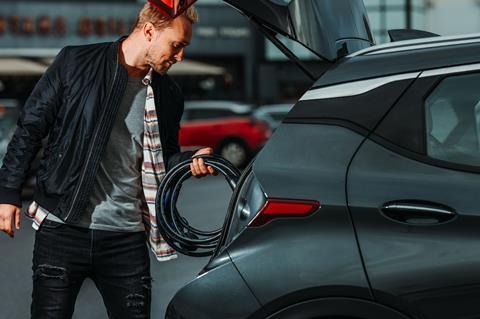
Mer is a European EV charging company owned by Statkraft, Europe’s largest producer of renewable energy. By combining it’s passion for making electric mobility accessible for all and its extensive experience in the EV charging sector, Mer aims to support UK forecourts on their journey to installing future-fit, customer-centric and dependable EV charging infrastructure.
Mer’s solutions include the installation, operation and maintenance of the charge points, and it takes partners through the entire process from beginning to end, to ensure a smooth and straightforward experience that maximises the potential of the charge points, and prioritises the customer experience for increased loyalty in the long term.
The Complete EV Charging Guide for Forecourts Owners outlines how Mer can ensure a simple, hassle-free process as your sustainable and experienced CPO, the business models available including its fully funded model, and a case study of its work with leading German service provider, Tank & Rast.
EV Charging Infrastructure For Forecourts | Mer UK
Forecourt owners are starting to consider the emerging EV market and the possibilities offered by installing electric vehicle charging points. Learn more.
























